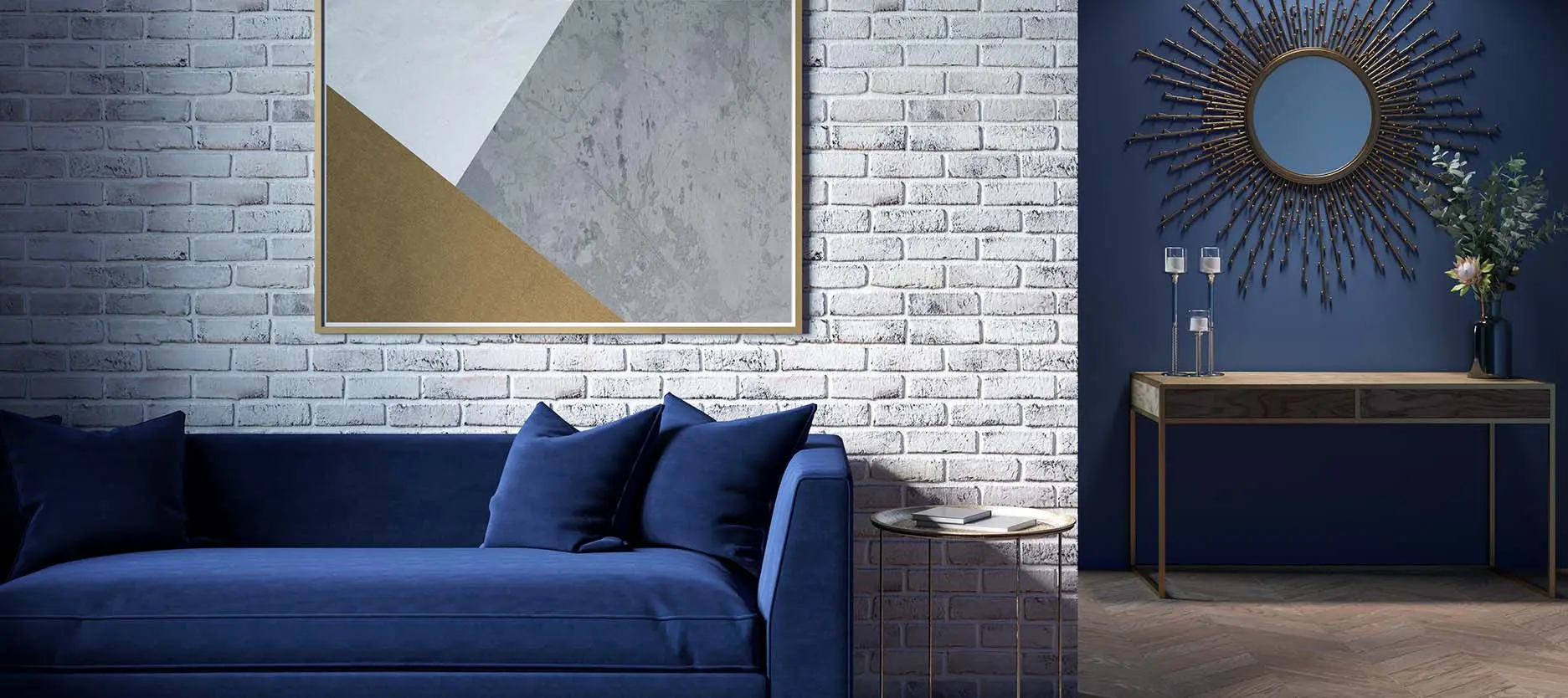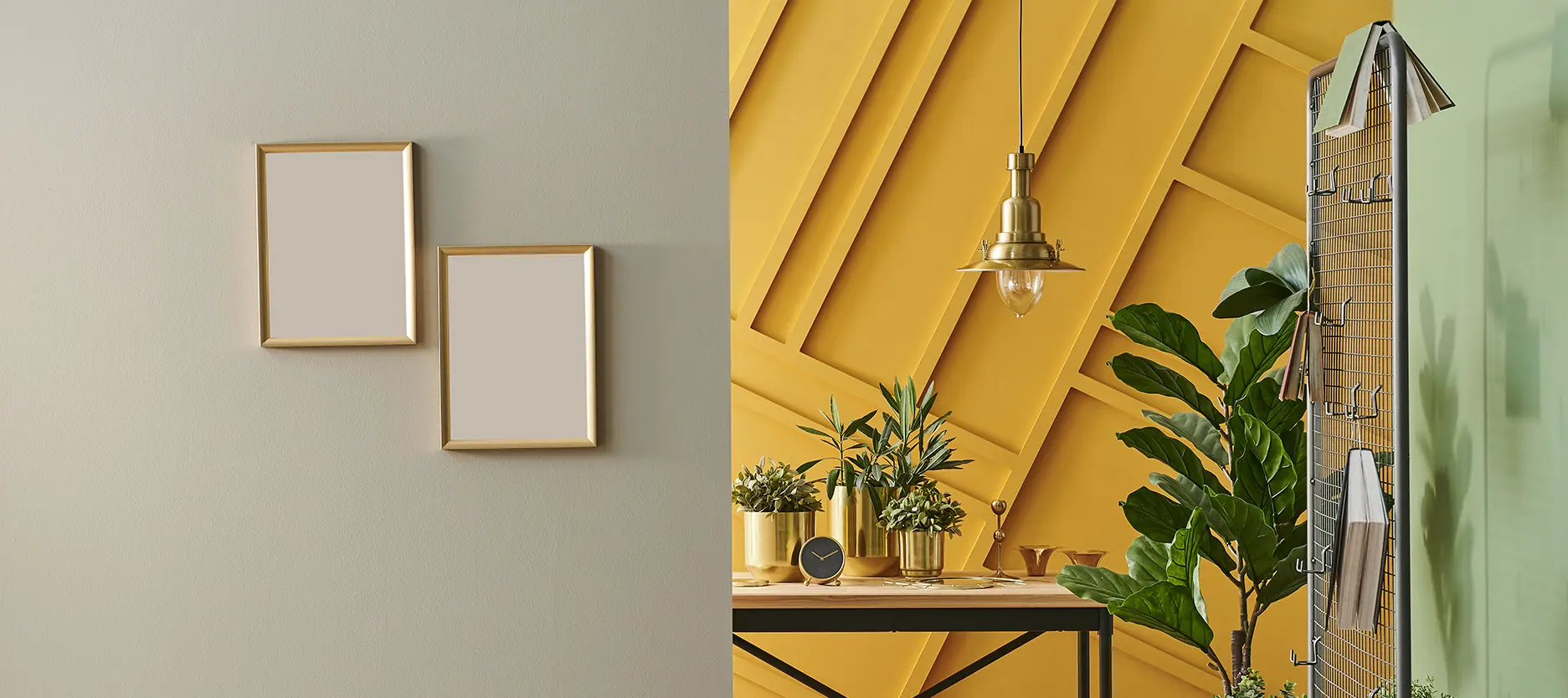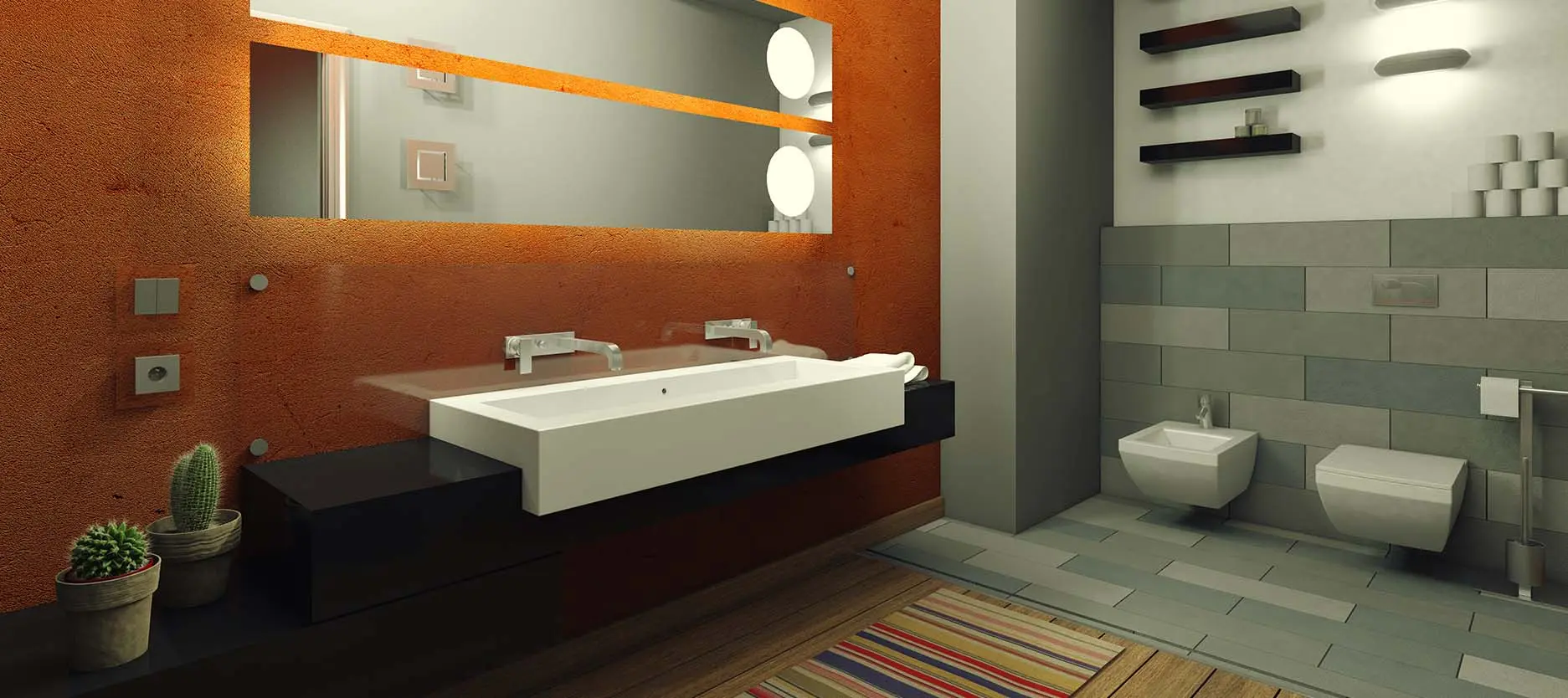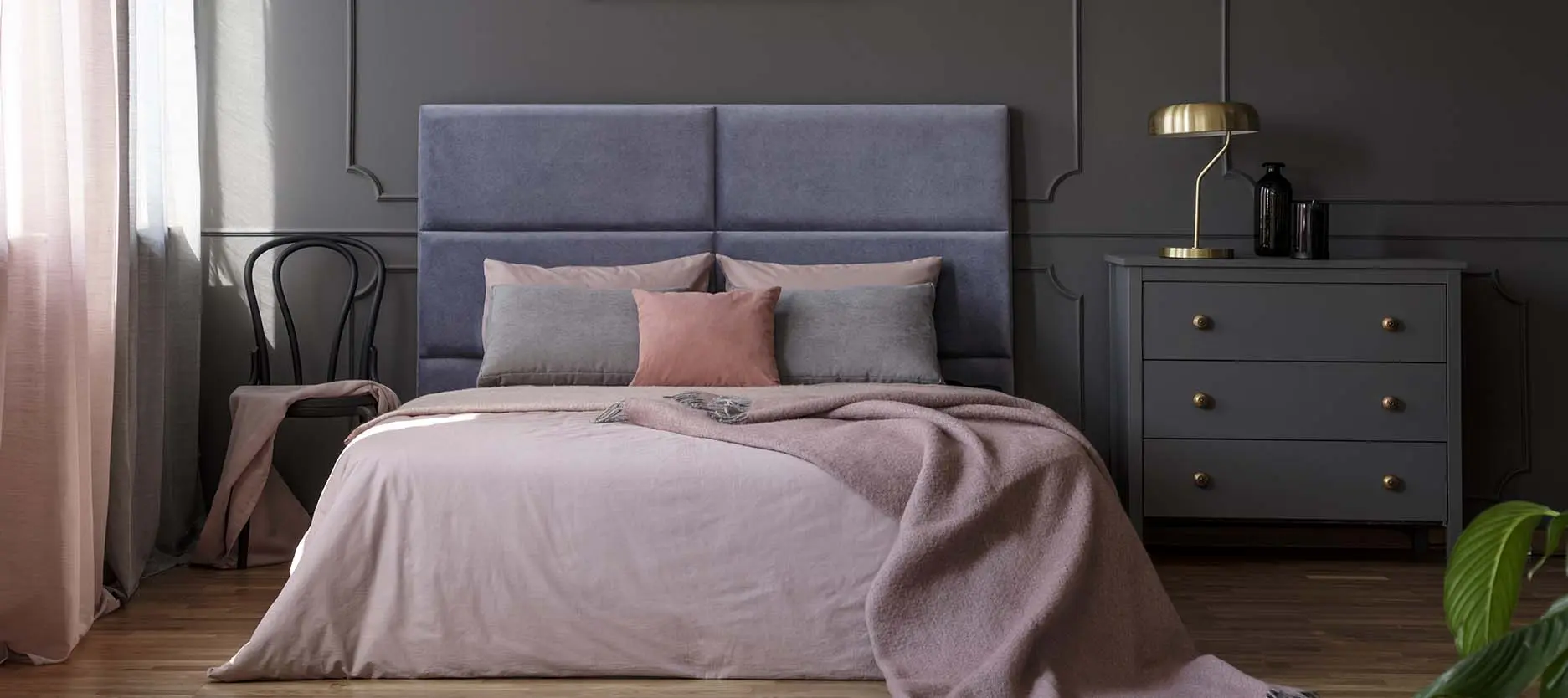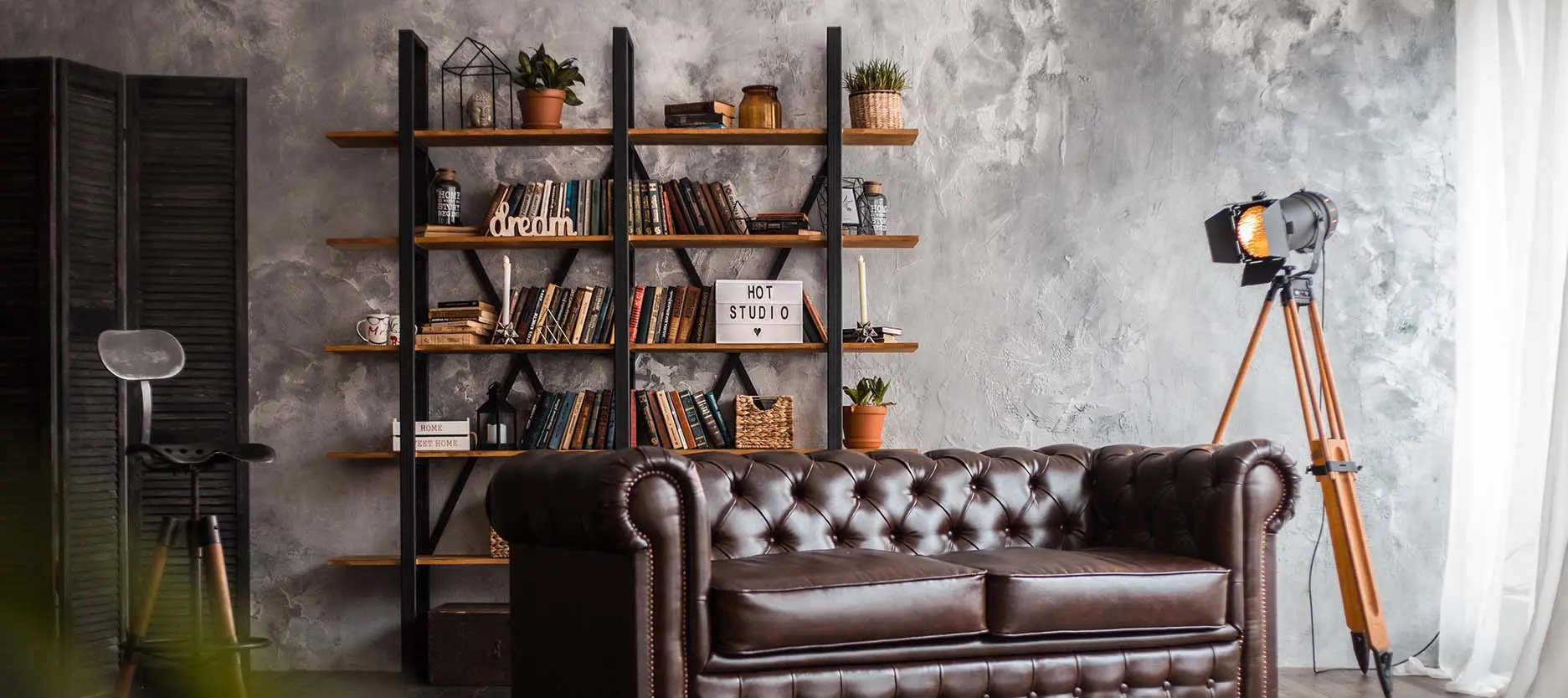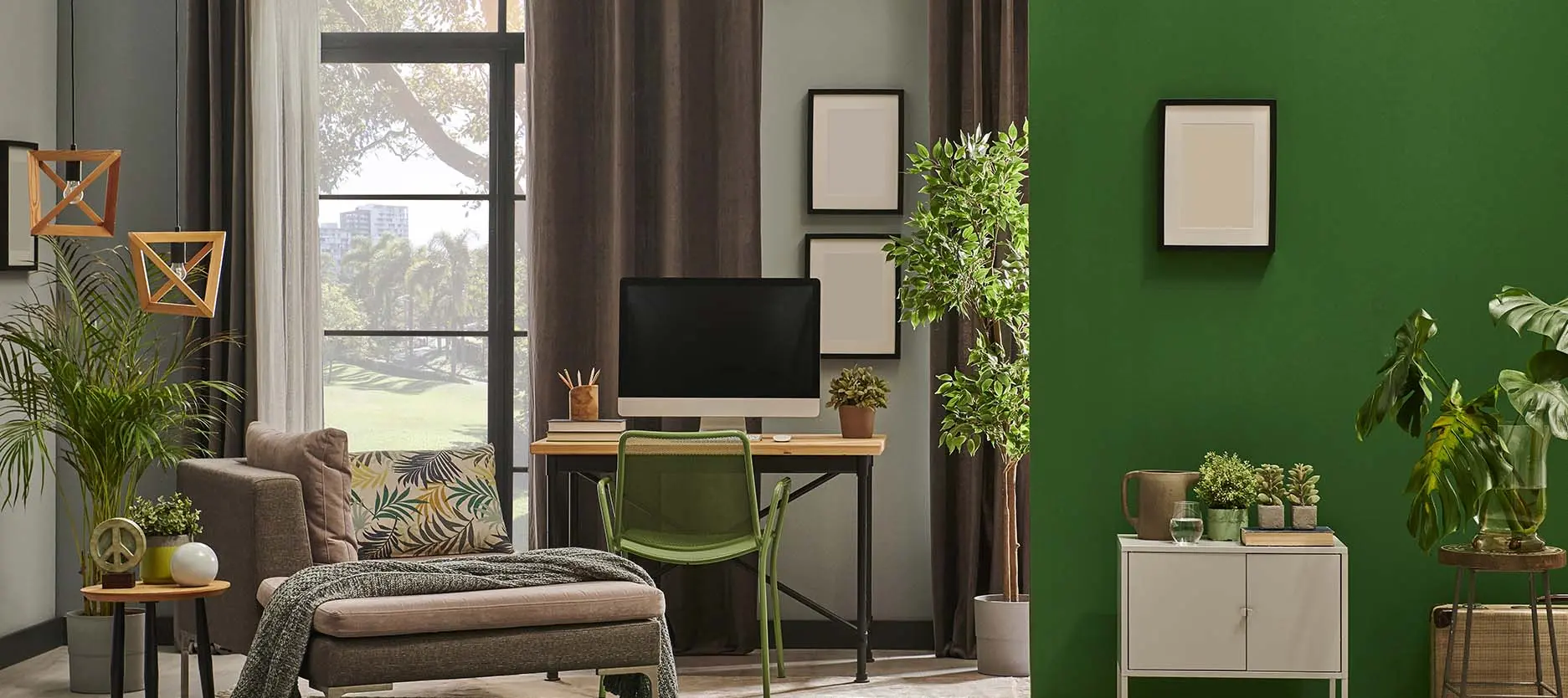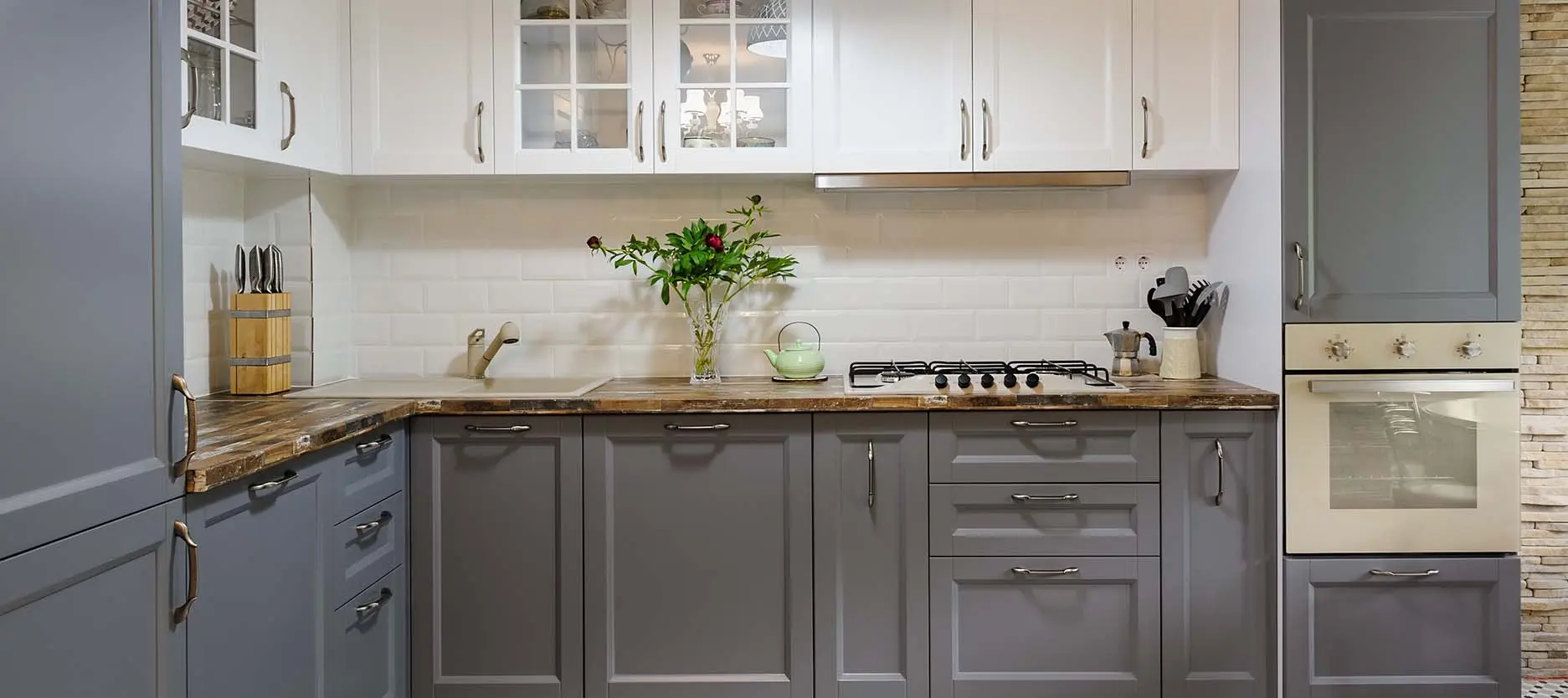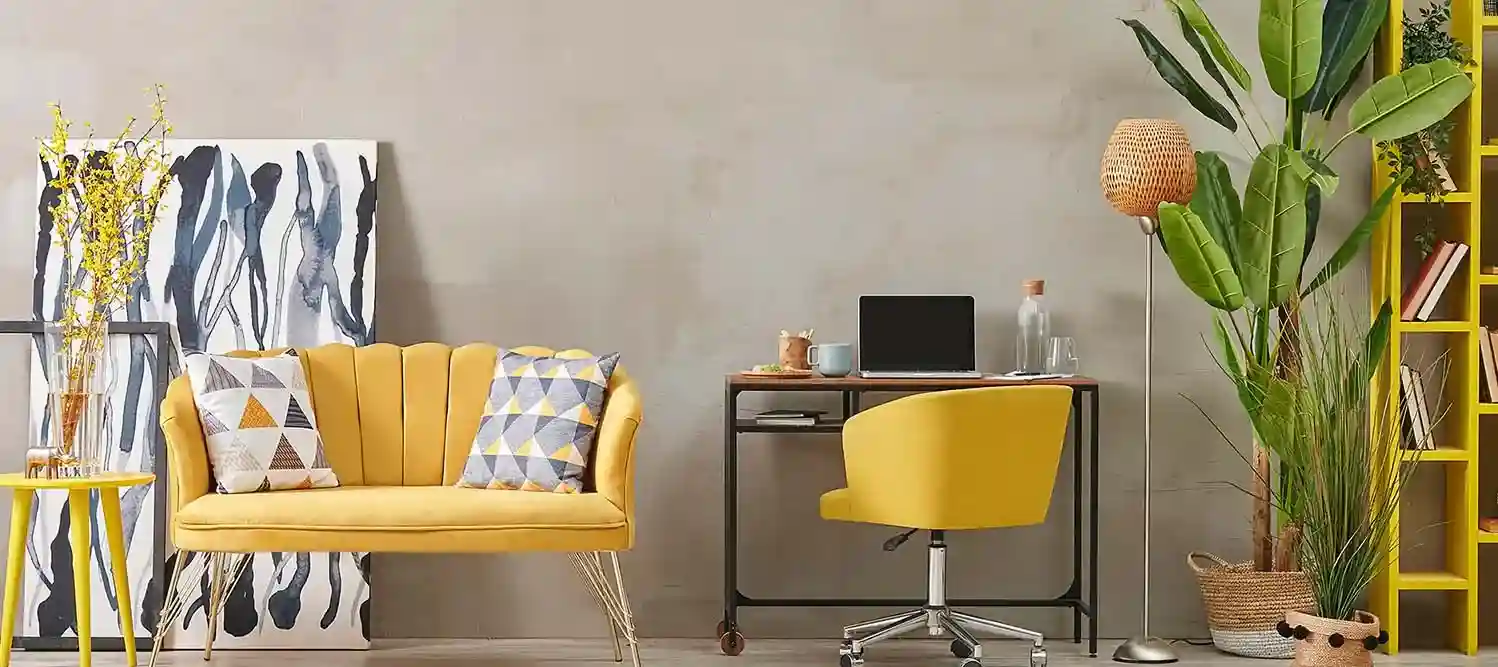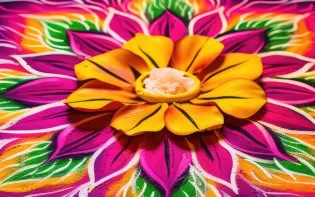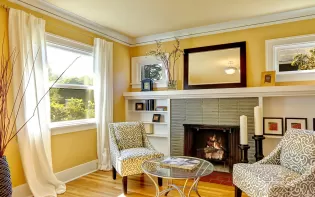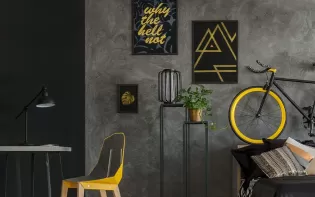
9 Trendy Grey Colour Combinations for a Stylish Interior with Photos
Published: 27 Feb 2022 | Modified: 04 Oct 2025
Quick Summary
Grey colour combinations for home interiors to create stylish, modern, and versatile spaces. From ash grey paint and stone grey paint to cement grey and pastel grey, these combinations for living rooms, bedrooms, and kitchens with Nerolac paints help craft elegant, soothing, and contemporary interiors.

Create Your Dream Home With Our Painting Experts
Fill the form below to book a free site evaluation by Nerolac Nxtgen painting Services expert
Key Takeaways
- Grey colour combinations add versatility and elegance to living rooms, bedrooms, and kitchens.
- Ash grey paint paired with parrot green or mustard yellow adds contrast and vibrancy.
- Stone grey paint with lemon yellow or pastel accents creates spacious, playful interiors.
- Cement grey paint and rust orange provide warmth and practicality, ideal for bathrooms and kitchens.
- Slate grey with dreamy violet enhances intimacy and a vintage, sophisticated vibe.
- Black and grey accents create a timeless, intellectual, and modern living space.
- Nerolac paints ensure high-quality finishes and a rich palette for all grey colour combinations.
Nerolac Paints, a leading paint company in India offers a wide range of wall paint colours & painting services & solutions for homes & offices.
-
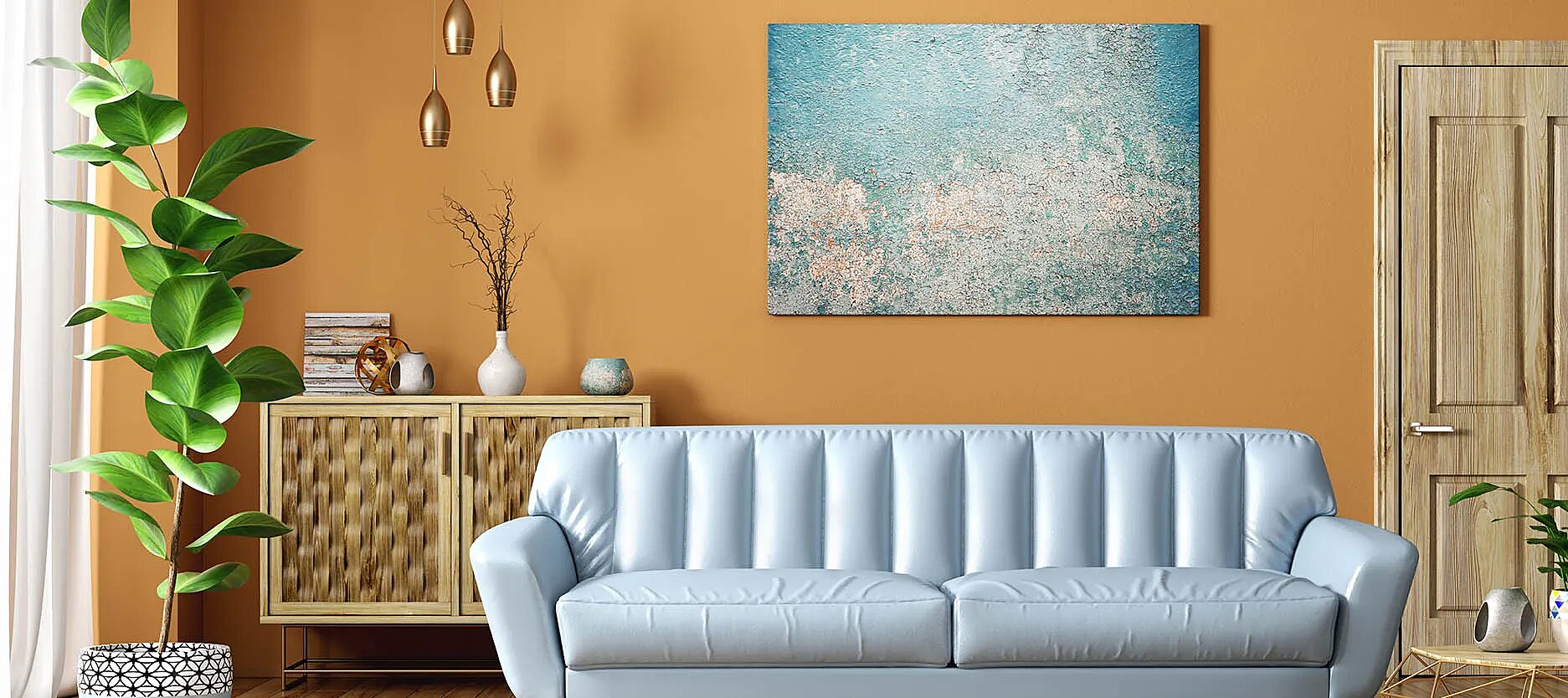
Best Colour Combination For Walls To Elevate Your Home Interiors Best Colour Combination For Walls To Elevate Your Home Interiors
Intoduction:In 2025, harmonious colour schemes for individuality and…
-

What Colours Match with Blue? 14 Colour Combinations with Blue for Your Home What Colours Match with Blue? 14 Colour Combinations with Blue for Your Home
Blue is a universally popular colour for décor and design; choosing a colour…
-
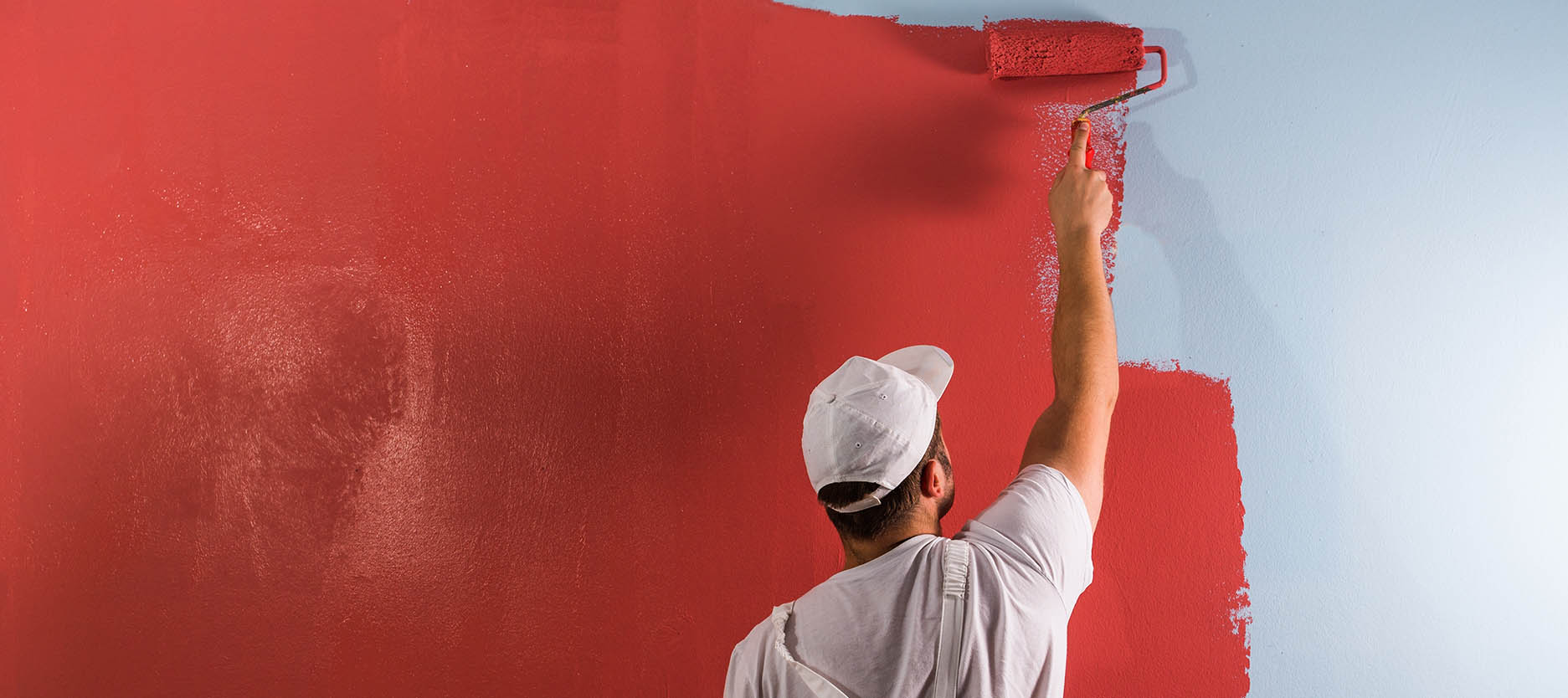
What Are The Different Types Of Paint For Home And Interior Walls? What Are The Different Types Of Paint For Home And Interior Walls?
Introduction:When it comes to home decor, nothing transforms a room as…
-
Recent Blogs
- Vibrant Diwali Decoration Ideas for Living Room, Pooja Room & Balcony
- Diwali Wall Painting Ideas – Easy Art & Colour Designs
- Festive Home Paint Colours: Transforming Your Walls and Décor
- Vibrant Diwali Paint Designs - Transform Your Home This Festival Season
- Creative Diwali Decoration Ideas for Indoors and Outdoors
-
Get in Touch
Looking for something else? Drop your query and we will contact you.
FAQs
Can grey work as an alternative to black?
Apart from other colours, what matches grey-painted walls?
What is one rule to follow when using grey for sure-shot success?
What is one thing to avoid while using grey for the home?
Get in Touch
Looking for something else? Drop your query and we will contact you.
Popular Post
Popular Searches
-

Get in Touch Get in Touch -

Store Locator Store Locator -

Download App Download App
Get in Touch
Looking for something else? Drop your query and we will contact you.

